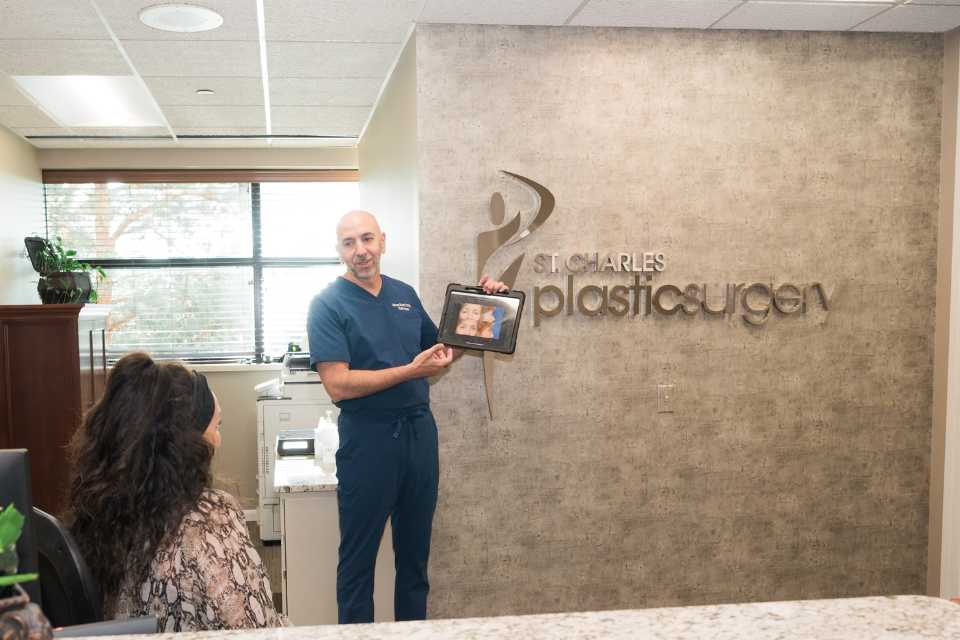While moles don’t usually require treatment, many mole removals are done for cosmetic and comfort reasons. Often, this is done by a dermatologist, but more advanced mole removal or removal in more visible areas may need to be done by a plastic surgeon.
A dermatologist and plastic surgeon often go about mole removal in one of three ways. A mole can be cut or shaved off with surgical scalpel. Some moles have cells that are under the skin and may need a deeper cut. For this type of procedure, you may want to consider a plastic surgeon for a favorable outcome. Plastic surgeons will focus on minimizing scarring and you may need sutures. Scarring is inevitable with any cut into the skin. However, with proper treatment, the wound will heal and eventually appear almost scarless.
Moles can also be removed by “freezing” them off with liquid nitrogen. Super cold liquid nitrogen is applied to the mole and the mole skin tissue falls away. You may get a blister from this procedure but that will heal. If you’re concerned about blistering and scarring from the liquid nitrogen, this may be another area where you’d want to seek out a qualified plastic surgeon.
Alternatively, moles removal by “burning” is another method. An electric wire is used to burn through the upper layers of the skin and may require more than one treatment. Laser treatment is also available and usually reduces scarring. With laser treatment a scab will form and the area will be slightly red, but the scab will fall off and redness will reduce over time. Laser treatments cannot treat a deep mole, as they do not penetrate deeply enough.
Anytime you need a mole removed from a sensitive area, such as near your eyes, your eyelids, or other locations on your face and mouth, consider using a plastic surgeon skilled in not only mole removal, but also in minimizing scarring. Plastic surgeons are also skilled at skin resurfacing or scar revision procedures, should any of those be necessary.
Here are a few items to check with your dermatologist or plastic surgeon if you’re proceeding with mole removal. First, find the dermatologists or plastic surgeon’s level of experience in mole removal, and how often there are complications. Ask which of the techniques listed above will be used to remove the mole. Ask if the mole will be completely removed or will traces of it remain, especially in the cases of cutting or shaving. Finally, determine what you should expect in terms of post-op scarring and how the doctor plans to minimize that.
If you’re ready to proceed with the removal of a mole, contact St. Charles Plastic Surgery today to set up a consultation.




